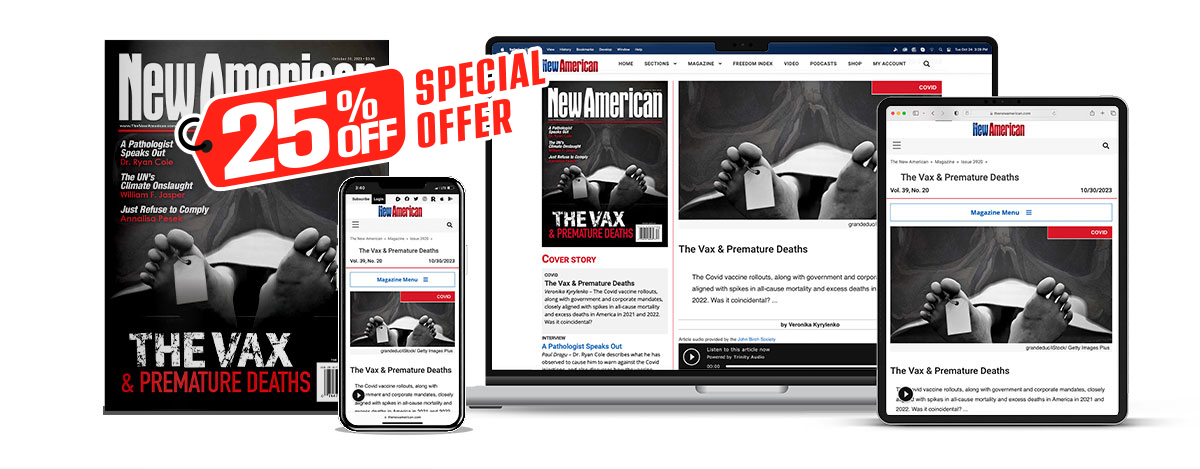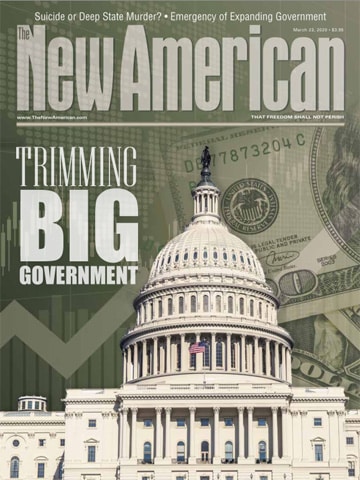The Inflation Tax
Government spending is only part of the fiscal crisis that has engulfed the federal government. The other side of the deficit and debt debacle is: How does the government continue to raise revenue? Many Americans assume that government is paid for by taxes, and, in a broad sense, that is true: The only way that the federal government can raise money is via taxation. But those taxes take many forms, going far beyond the complexities of annual and quarterly income tax filings.
Under the U.S. Constitution in its original form, the federal government’s powers of taxation were comparatively limited. Article 1, Section 8, clause 1, does grant Congress the power to “collect taxes, duties, imposts, and excises” — but also stipulates that all such “shall be uniform throughout the United States.” This meant that tax rates needed to be the same everywhere, and among all classes of people, a circumstance that prohibited taxing people of different incomes different amounts. Moreover, under the original Constitution, all “direct” or “capitation” taxes — i.e., any tax imposed directly on individuals (as opposed, to, say, sales taxes or tariffs, which are forms of indirect taxation) — were to be carried out according to a procedure called “apportionment.” Similar to the way in which states are allotted representatives, direct federal taxes were to be apportioned according to a state’s population. In other words, if a bill for raising a certain amount of revenue was passed, each state was required to contribute the percentage of the total amount equal to that state’s percentage of the total population of the country. Because this requirement was often challenging to fulfill, it greatly dampened the enthusiasm of the states for direct federal taxation. It also meant that apportioned direct taxes could not be permanent; they would have to be reauthorized as populations changed.
Prior to the ratification of the U.S. Constitution, Congress had no authority to tax at all. This was hardly surprising, given that the American campaign for independence from England started as a series of tax revolts. Early Americans were deeply wary of the power to tax, and reluctant to grant any such power to the national government, until it became apparent that some means of raising revenue was essential. Insofar as taxes were necessary, the American Founders preferred them to be indirect, since indirect taxes are ultimately voluntary; tariffs and sales taxes are only paid if people choose to purchase the taxed articles. Tariffs in particular fell mostly on the wealthy, who could afford to buy luxury imported goods.
JBS Member or ShopJBS.org Customer?
Sign in with your ShopJBS.org account username and password or use that login to subscribe.

 Subscribe Now
Subscribe Now
- 24 Issues Per Year
- Digital Edition Access
- Exclusive Subscriber Content
- Audio provided for all articles
- Unlimited access to past issues
- Cancel anytime.
- Renews automatically

 Subscribe Now
Subscribe Now
- 24 Issues Per Year
- Print edition delivery (USA)
*Available Outside USA - Digital Edition Access
- Exclusive Subscriber Content
- Audio provided for all articles
- Unlimited access to past issues
- Cancel anytime.
- Renews automatically


